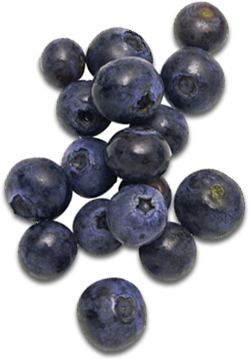no items to display
Getting Fruits and Vegetables to Those Who Need Them Most
We all know we should eat the recommended servings of fruits and vegetables each day. But for various reasons, the vast majority of Americans don’t. If eating right is hard for people across the board, imagine how difficult it is for those who are struggling to get food, any kind of food, on the table. That’s why I was heartened to hear the United States Department of Agriculture (USDA) has awarded $31.5 million in grants to help people participating in the Supplemental Nutrition Assistance Program (SNAP) increase their purchases of fresh produce.
The grants, awarded to 31 separate organizations in 26 states, were authorized by the 2014 Farm Bill. The programs will be administered by diverse organizations — city and state governments, networks of farmers’ markets, community foundations, and food banks — for periods of one to four years. At the end of the test period, the Food Insecurity Nutrition Incentive (FINI) program will compare the efficacy of different programs in order to determine the best methods of promoting fruit and vegetable consumption by low-income families.
What are some of the methods being tested?
· Many programs offer dollar-for-dollar or other matches to increase participants’ purchasing power at grocery stores, farmers’ markets, or CSAs. (Participants of CSA — or community-supported agriculture — buy a share of a farmers’ produce in advance and receive a weekly box of whatever’s in season.)
· Other programs support mobile markets that bring produce into food desserts, which are neighborhoods that lack convenient places to buy fresh fruits and vegetables.
· Some programs will distribute nutritional information, organize cooking demonstrations, or hold forums to determine the barriers to fresh food access in specific communities.
· Most programs will serve all SNAP participants, but the San Antonio Food Bank plans to target pregnant women and new moms, and the International Rescue Committee will work to increase access to locally grown foods to refugee and immigrant populations in New York City. Organizations in Maine and Florida plan to create incentives for SNAP participants to buy produce grown in those states.
The sheer diversity of these programs, and the fact that they will be evaluated so we can learn what really works, makes me hopeful about tackling the problem of improving nutrition for the most vulnerable among us. Over 60 percent of people who receive SNAP benefits are either children, elderly, or disabled.
But of course, no matter what your age or income, everyone needs to eat a diet rich in health-giving fruits and vegetables. There’s no substitute for that. However, there is a solution for the times we fall short, and that’s Juice Plus+. Together, the Orchard and Garden blends contain 20 different fruits, vegetables, and grains, providing another kind of safety net for getting the nutrition we need.
Do you have any ideas about how to get more fresh fruits and vegetables to low-income people? What if we could get Tower Gardens in every community center?
Source:






